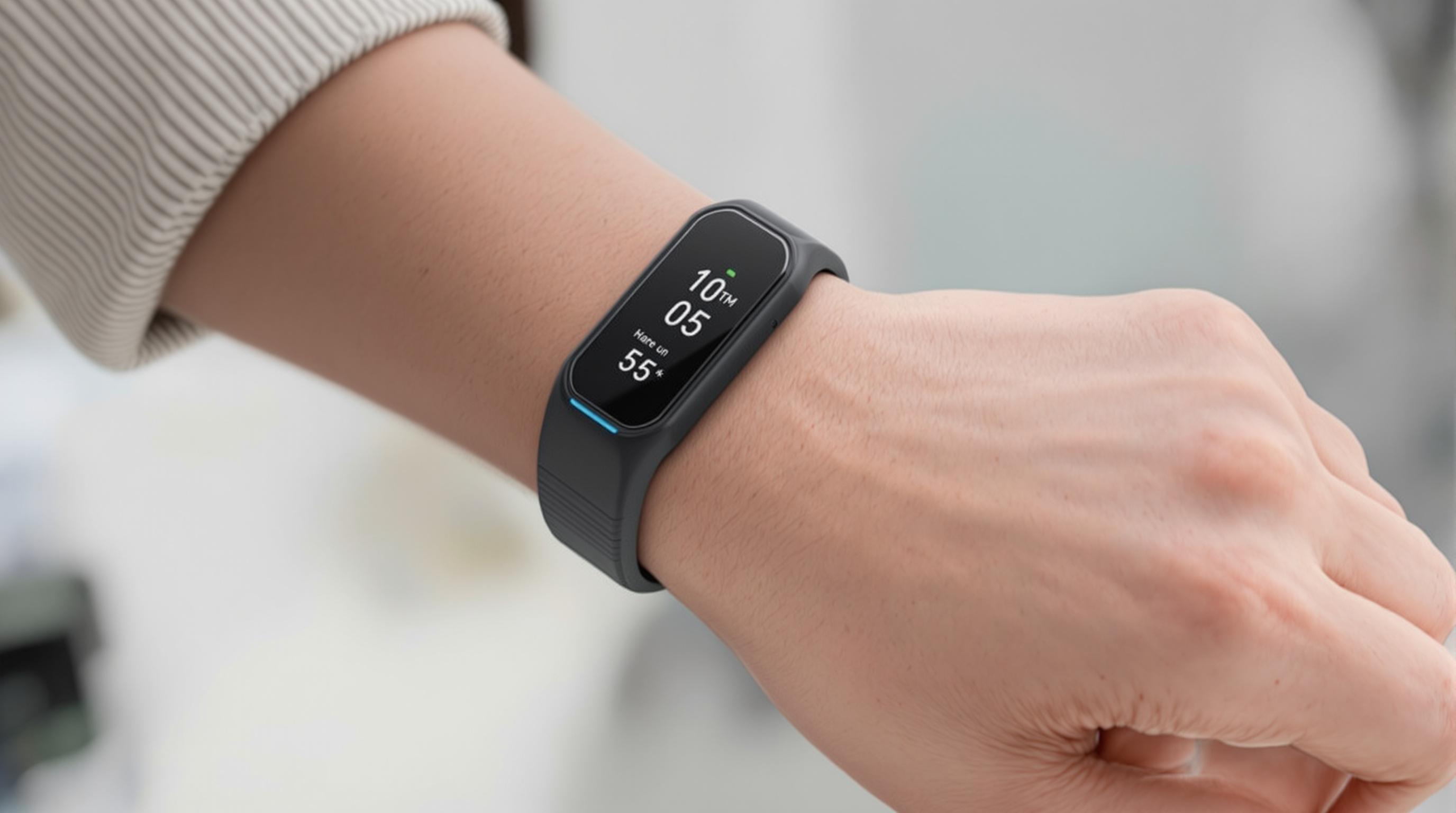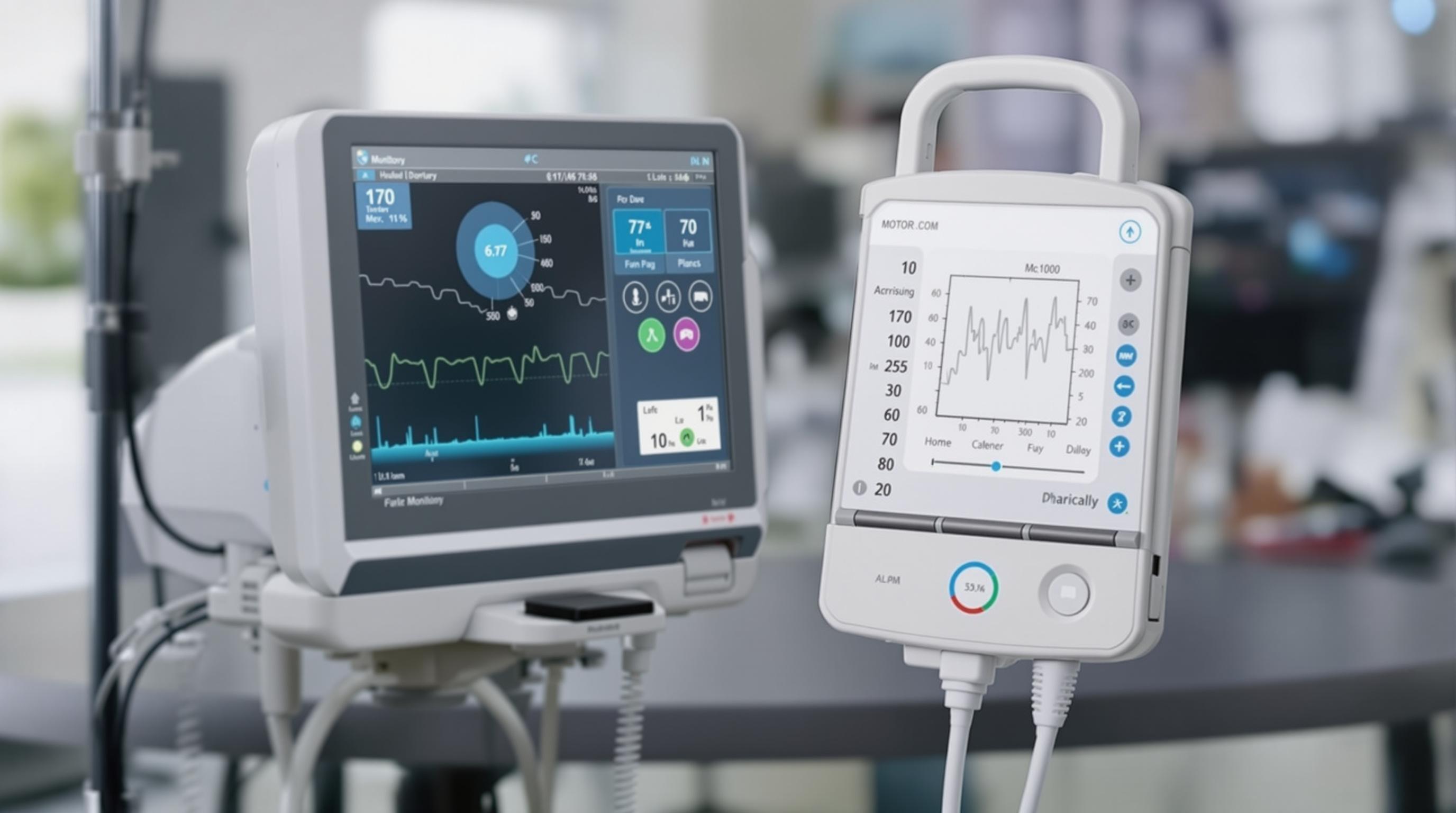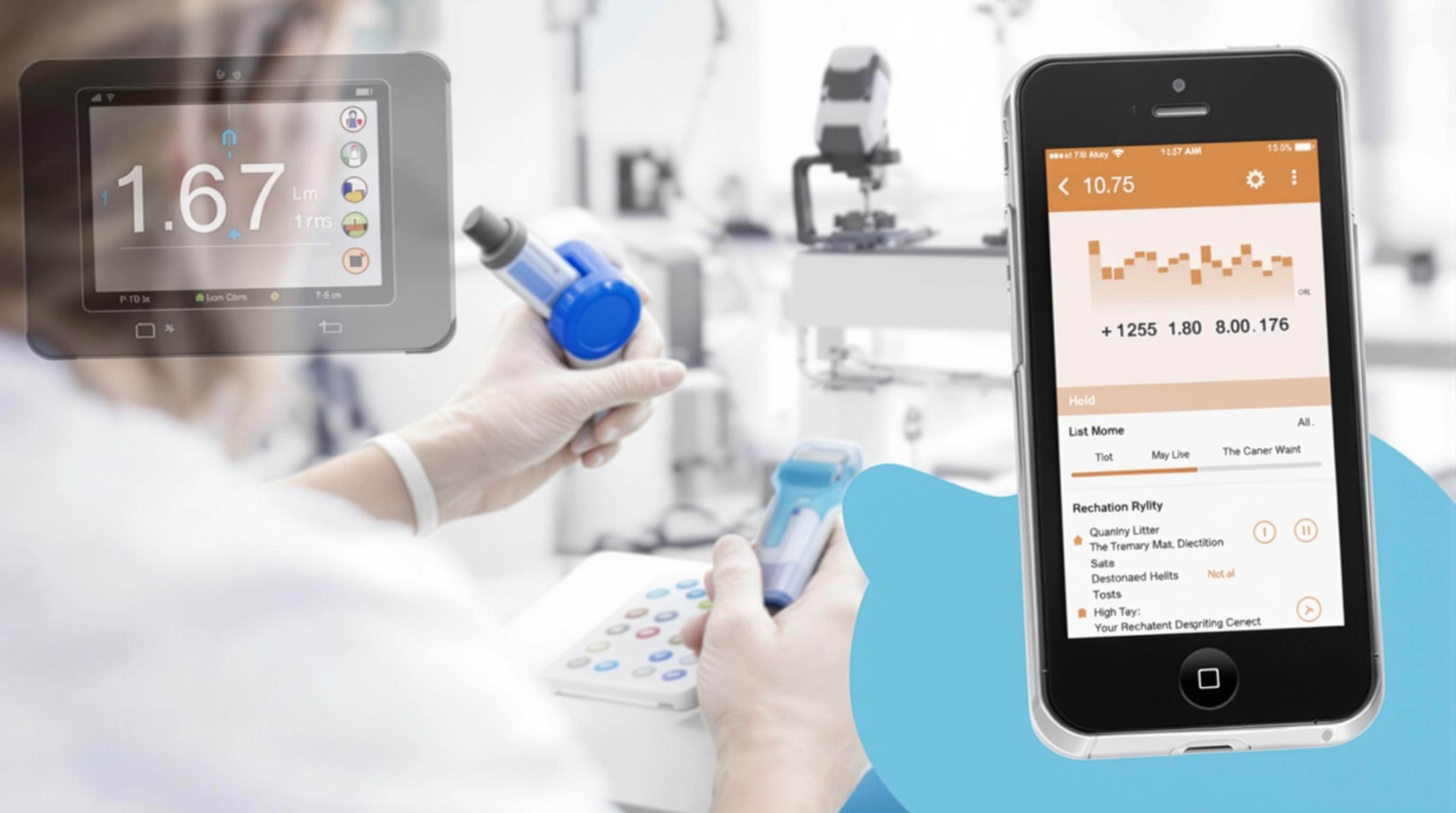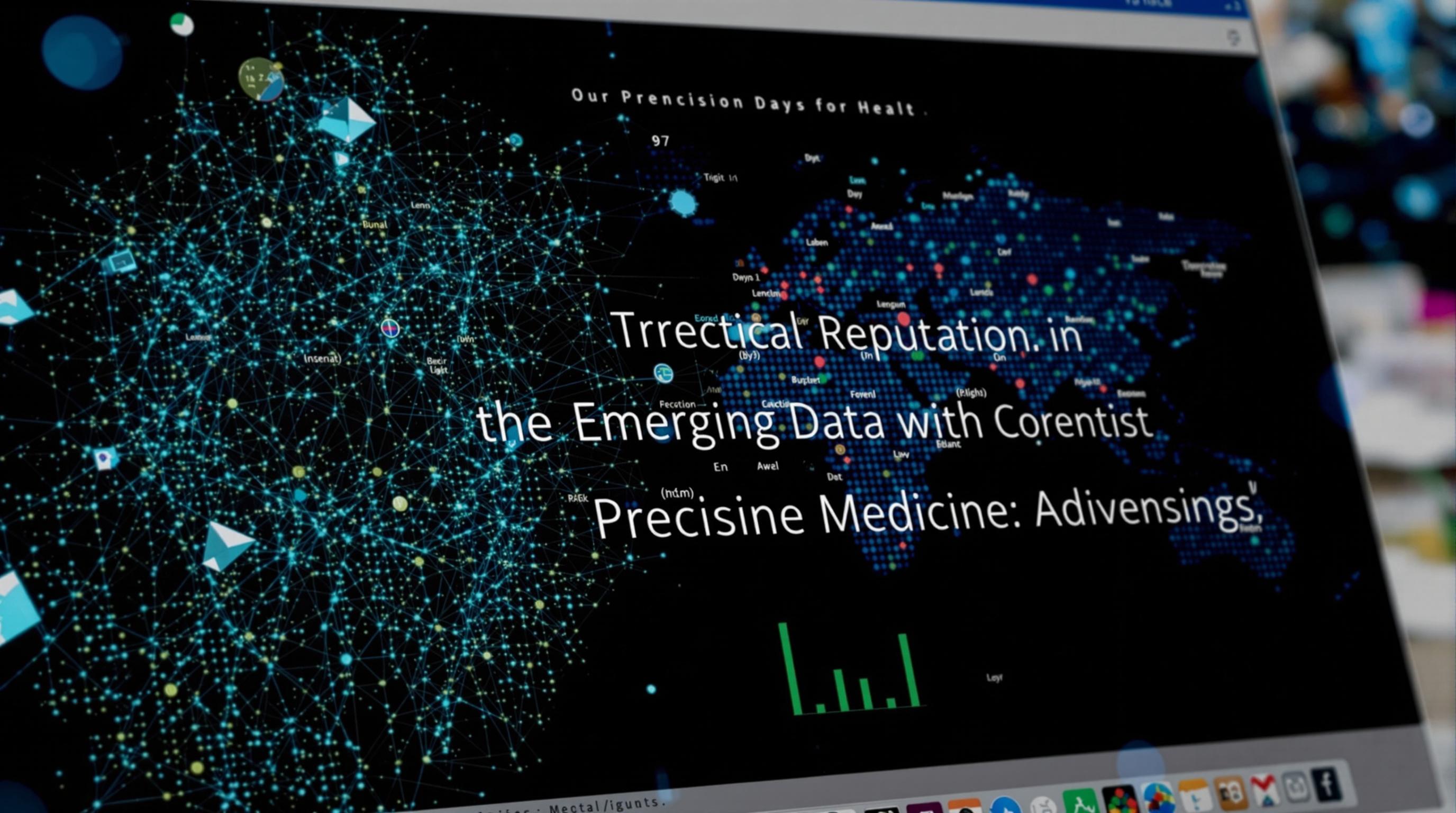Related Articles
- Top 6 Little-Known Medical Apps with User Interfaces That Actually Boost Patient Outcomes
- 5 Game-Changing Fitness Trackers from the Last 5 Years That Outperform Your Expectations
- Top 8 Breakthrough Portable Diagnostic Devices from the Past Five Years Revolutionizing Home Health Testing
- The Quiet Influence of Ancient Medical Records on Modern Healthcare Data Interpretation and Policy Making
- Top 6 Emerging Medical Coding Analytics Platforms from the Last Five Years for Data-Driven Decision Making
- Examining the Impact of Quantum Computing on Future Remote Healthcare Data Defense Strategies
Top 6 Cutting-Edge Wearable Monitors From the Past Five Years Redefining Real-Time Patient Care
Top 6 Cutting-Edge Wearable Monitors From the Past Five Years Redefining Real-Time Patient Care
In the past five years, wearable monitors have revolutionized real-time patient care by providing unprecedented data and improving health outcomes. This article explores six cutting-edge devices reshaping the medical landscape, from heart monitors to glucose sensors.
3. The BioBeat Wearable: A Hospital in Your Wrist
The BioBeat wearable monitor, launched in 2020, serves as a mobile telemetry unit that continuously tracks vital signs like blood pressure, oxygen saturation, respiratory rate, and heart rate. Its key innovation is the use of photoplethysmography (PPG) to provide cuffless blood pressure measurements—an advancement embraced by multiple hospitals during the COVID-19 pandemic to reduce patient contact.
Case studies demonstrate BioBeat’s accuracy, with one intensive care unit reporting a 95% correlation between BioBeat readings and invasive arterial lines. This capability allows clinicians to monitor patients remotely while ensuring early detection of deterioration.
Statistic: According to BioBeat, remote patient monitoring reduced ICU readmissions by 30% in pilot studies across three countries.
5. Dexcom G7: Diabetes Management Gets Smarter
If you or someone you know lives with diabetes, Dexcom G7 might sound like science fiction come to life. This patch-sized continuous glucose monitor released in 2022 offers up to 10 days of glucose level tracking with real-time alerts and predictive analytics.
The G7 has been praised for its seamless integration with smartphones and insulin pumps, empowering users to achieve tighter glucose control and reduce hypoglycemic events by 40% according to a 2023 JAMA study. For teenagers—often erratic with treatment adherence—it’s a game changer offering independence coupled with safety.
1. Empatica Embrace2: Epilepsy Seizure Detection with Style
Imagine a smartwatch that doesn't just tell time but can potentially save a life—this is Empatica’s Embrace2. Approved by the FDA in 2018, this device detects the motor patterns and physiological signals preceding epileptic seizures using electrodermal activity sensors combined with accelerometers.
One critical case involved a 24-year-old woman whose Embrace2 alert allowed her roommate to seek emergency help within minutes, potentially preventing severe injury. This marriage of technology and empathy underscores how wearables can serve vulnerable populations.
Statistic: Studies published in Neurology journal indicate that Embrace2’s seizure detection accuracy exceeds 90% for generalized tonic-clonic seizures.
4. Proteus Discover: The First Digital Medicine System
Okay, this sounds out of a sci-fi novel: ingestible sensors embedded within pills that signal a wearable patch once the medication is ingested. Proteus Discover hit the market in the late 2010s, targeting medication adherence challenges prevalent in chronic disease management.
Picture a 62-year-old patient battling hypertension—once forgetful about daily pills but now monitored remotely by healthcare teams ensuring compliance and dosage accuracy. Proteus’s technology has proven to increase adherence rates by 30% and reduce hospitalizations related to medication lapses.
6. MC10 BioStamp nPoint: Flexible Electronics for Motion and Beyond
Taking wearable monitoring beyond the wrist, MC10’s BioStamp nPoint utilizes ultra-thin, flexible electronics adhered to the chest or limbs for monitoring electrophysiological signals and movement. Its FDA clearance in 2019 positioned it as a critical tool for remote cardiac rehabilitation, sleep studies, and gait analysis.
In a pilot program, stroke patients monitored by BioStamp nPoint showed a 25% improvement in motor function recovery due to real-time feedback and individualized therapy adjustments. The ability to track complex data unobtrusively is where this technology truly shines.
2. Apple Watch Series 8: Consumer Tech Meets Medical-Grade Monitoring
Let’s be real—most of us have seen someone sporting an Apple Watch, but beyond the fitness tracking and flashy watch faces lies a powerful health instrument. Released in 2022, the Series 8 introduced advancements such as temperature sensing (helpful for women’s health) and enhanced ECG capabilities approved by the FDA.
One remarkable story involved a 35-year-old athlete whose Apple Watch detected atrial fibrillation during exercise, leading to early cardiologist intervention and preventing a potential stroke. Consumer-grade devices crossing into medical territory signify a democratization of health monitoring.
Example: Apple claims that over 33 million ECGs have been recorded since the feature’s introduction in Series 4, aiding millions globally.
Blending Human Touch with Machine Precision
Through these groundbreaking wearables, healthcare is evolving from episodic, clinic-based encounters to continuous, proactive management. Patients don’t just wear devices; they wear reassurance, real-time data, and partnership with their care teams. For medical professionals, the flood of accurate data signals promising strides in predictive medicine and personalized care.
Closing Thoughts
As a 64-year-old writer keen on technology and wellness, I see these devices as more than gadgets; they represent hope for millions navigating chronic illness or acute medical events. Whether it’s a teenager managing Type 1 diabetes or an elderly stroke victim, cutting-edge wearables offer tools that can redefine quality of life.
In the next five years, expect greater AI integration, miniaturization, and perhaps devices that don’t just monitor but actively intervene. The patient-care landscape is changing, one heartbeat at a time.




